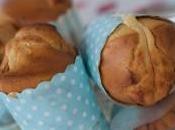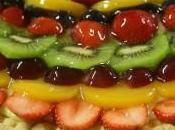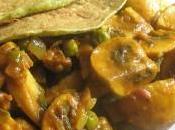
Vi racconto una storia…
C’era una volta,
migliaia di anni fa, l’uomo che raccoglieva i chicchi di grano, gli pestava e se ne nutriva. Scoprì che quei chicchi se macinati potevano anche essere impastati con acqua formando un disco di pasta da cuocere sulle pietre ardenti.Il posto di cui parliamo si chiamava “la Mezza Luna fertile” nella zoan del Vicino oriente. Qui tra il Nilo e l’Eufrate la storia aveva “camminato” più velocemente che nelle terre circostanti.
Let me tell you a story …
Once upon a time,
thousands of years ago, the man who picked up the grains of wheat, grind it and fed it. He found that if those beans ground could also be mixed with water to form a disc of dough to be baked on hot stones. The place we are talking about is called the “Fertile Crescent” in the neighborhood of the Near East. Here, between the Nile and the Euphrates, the story had “walked” faster than the surrounding land.Gli uomini notarono che l’impasto veniva avvolto da delle “forze misteriose” che magicamente lo facevano gonfiare. Così gli egiziani impararono a sfruttare questo evento magico, la pasta divina veniva cotta e in parte conservata per trasmettere la “magia” della crescita ad altra pasta.
Gli stessi egiziani inventarono un modo assai bizzaro per il tempo, per cuocere la pasta magica.
Si trattava di un forno a forma di cono dove i panetti venivano attaccati alle sue pareti. Quando cadevano voleva dire che un lato era cotto, ripetevano il procedimento sull’altro lato e la cottura era terminata.The men noticed that the dough was wrapped in the “mysterious forces” that magically made him swell. So the Egyptians learned to take advantage of this magical event, the divine pasta was cooked and preserved in part to convey the “magic” of growth to other pasta.
The same Egyptians invented a very bizarre way for the time to cook the pasta magic.
It was an oven in the form of cone where the dough balls were attached to its walls. When they fell meant that one side was cooked, repeating the process on the other side and the cooking was over.
Dopo tempo, a qualche ingegnoso, venne l’idea di dividere in due il forno mettendo il fuoco sotto e i panetti sopra a cuocere.
Il tempo passa e arriviamo fino al secolo dei Lumi.
La pizza viene cotta nei forni a legna e venduta per strada tramite bancarelle ambulanti, le bancarelle pian piano aggiunsero al loro “arredo” qualche tavolino e sedia decretando la nascita delle “Pizzerie”.I Longobardi, scesi in Italia meridionale dopo la caduta dell’Impero romano, portarono la Bufala che perfettamente ambientatasi tra il Lazio e la Campania forniva il latte per la Mozzarella.
Quando poi dal Nuovo Mondo arrivò il Pomodoro la Pizza diventa la stessa che conosciamo oggi, e il nuovo ingrediente divenne “l’ingrediente”.
After time, some ingenious, had the idea to split the oven and putting the fire under pats on to cook.
Time passes and we get up to the Enlightenment.
The pizza is baked in wood-fired ovens and sold on the street by street vendors, market stalls slowly added to their “furniture” some table and chair decreeing the birth of the “Pizzerie”.
The Lombards, which fell in southern Italy after the fall of the Roman Empire, brought the buffalo that perfectly between the Lazio and Campania provided milk for Mozzarella.
Then, when the New World came the Tomato Pizza becomes the same as we know it today, and the new ingredient became the “ingredient”.Regina Margherita
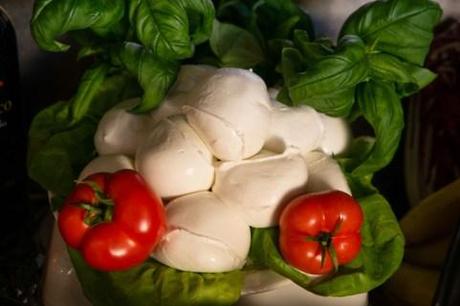
Nel 1889 il Re e la Regina andarono in visita a Napoli, il pizzaiolo Raffaele Esposito presentò alla corte tre tipi di Pizza e la Regina Margherita gradì particolarmente quella condita con i colori della bandiera italiana: Pomodoro, Mozzarella e Basilico, nacque così la Pizza Margherita
… la storia continua …
In 1889 the King and Queen went on a visit to Naples, the pizza chef Raffaele Esposito presented to the court three types of Pizza and Queen Margherita had regard particularly those dressed with the colors of the Italian flag: Tomato, Mozzarella and Basil, thus was born the Pizza Margherita
… the story continues …
43.548473 10.310567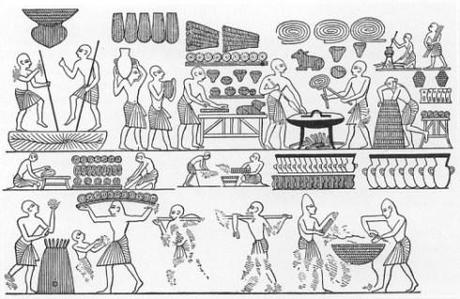

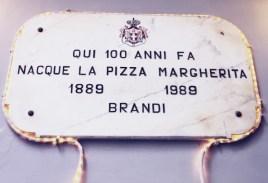
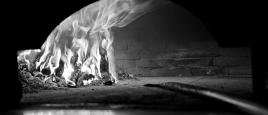
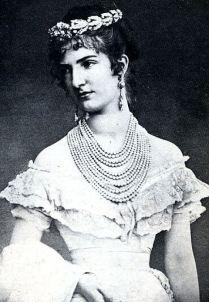 Regina Margherita
Regina Margherita
